In a vast and varied country, there is so much to see a few days barely does it justice
Arriving in China from Cyprus, it is easy to be overwhelmed by the size of everything. The airport itself was enormous, as it should be for what is one of the largest in the world. Small town life had made me easily impressed though. This was Beijing Capital Airport, not Beijing Daxing Airport, which actually vies for the title of largest airport in the world. With its eight gardens, it would have to wait for my return journey.
Twenty five kilometres from the centre of Beijing, we hit bustle. The city is built in six ‘circles’, each one surrounding the next with the ancient Forbidden City at its heart. The roads and interchanges taking us into the centre put the UK’s famous spaghetti junction to shame.
Beijing is home to an incredible 21 million people, most of whom seem to live in high rise towers, even stuck in traffic it was hard to count how many storeys there were. While most have no balconies, there is no lack of green space and people crowd into neighbourhood parks once the temperature drops with early evening dance and fitness classes a common sight.
An hour’s drive out of Beijing in another direction leads to a land of dramatic mountains that suddenly hover over the highway. The lush greenness is home to one of the China’s most emblematic sites – the Great Wall of China. At a suitably impressive length of 21,000 km (for reference, from Ayia Napa to Paphos is 175), the wall built over a period of hundreds of years is a feat in many ways, not least because every brick used has the name of who made it and when stamped on it. But the urban myth it is visible from space is untrue.
Juyongguan, or the Juyong pass, is one of the quieter places to tackle the wall although it seemed extremely steep, with sweeping green views enclosing a collection of older buildings and temples. Watchtowers provide outstanding viewpoints as they must have before the renovation of the wall when it was used for defence. The Chinese say if you walk on the wall you become a hero, and even have a monument to touch to prove your new status.
Back in the heart of the sprawl of Beijing is the Temple of Heaven, a complex of Confuscian buildings surrounded by an ancient park. A long thoroughfare from the gate finally leads to a spot from where it is possible to speak to the Gods and people still queue to pray, or ask for good grades, success at work, to meet the right person… At its centre is the temple itself, an impressive circular building constructed without a single nail.
Built after the temple but surely visited by many more is the extensive Forbidden City, the very centre of Beijing. As with other ancient tourist hotspots, woman wear traditional dress (all the better to be viewed n Instagram) with streets leading to the site, closed to cars, full of shops hiring outfits. The size of the Forbidden City, built on a rectangle, which seems to inhabit a peaceful part of town with water and flowing trees surrounding it and adding to the calm, is deceptive. We marched through in less than an hour, but to do these places justice you really do need some time.

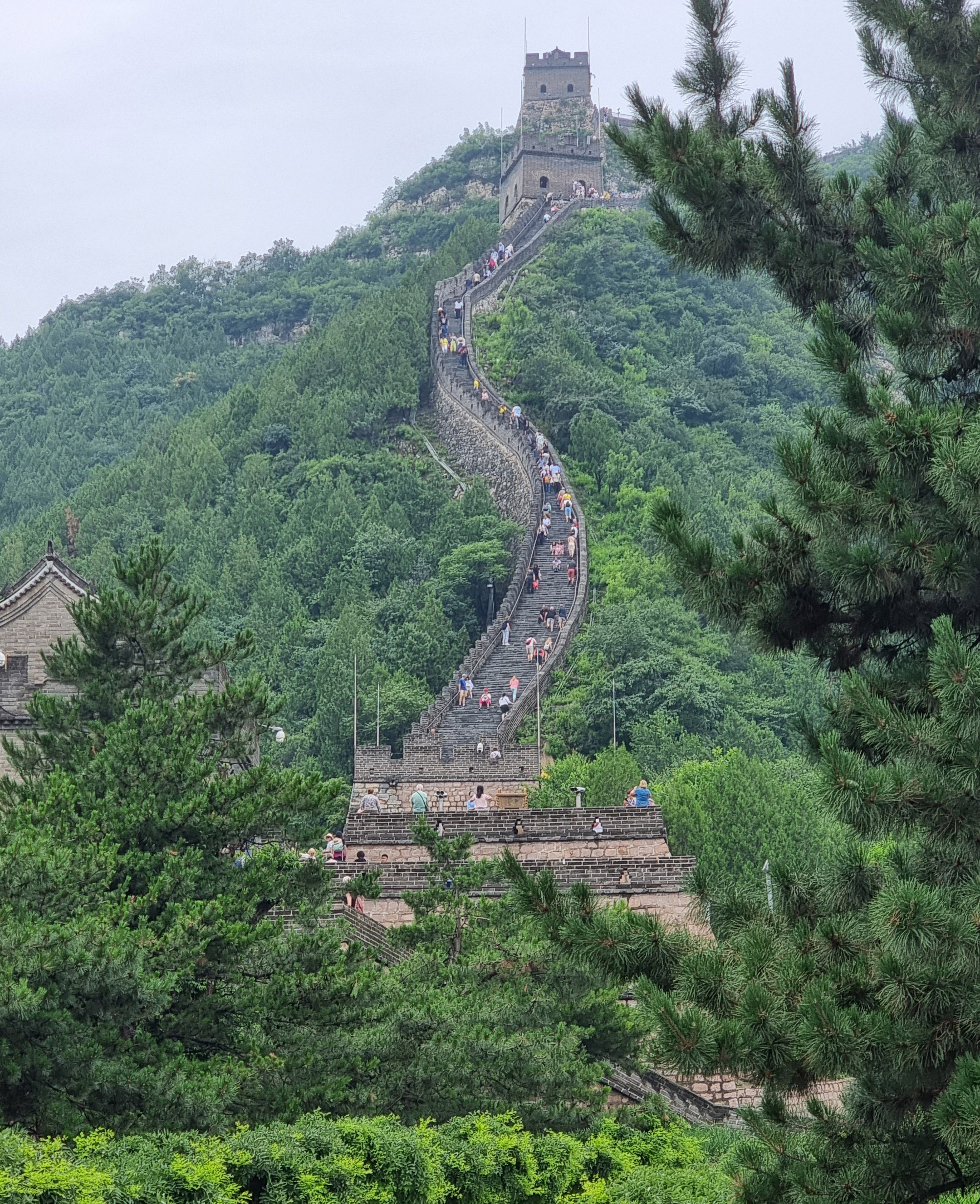
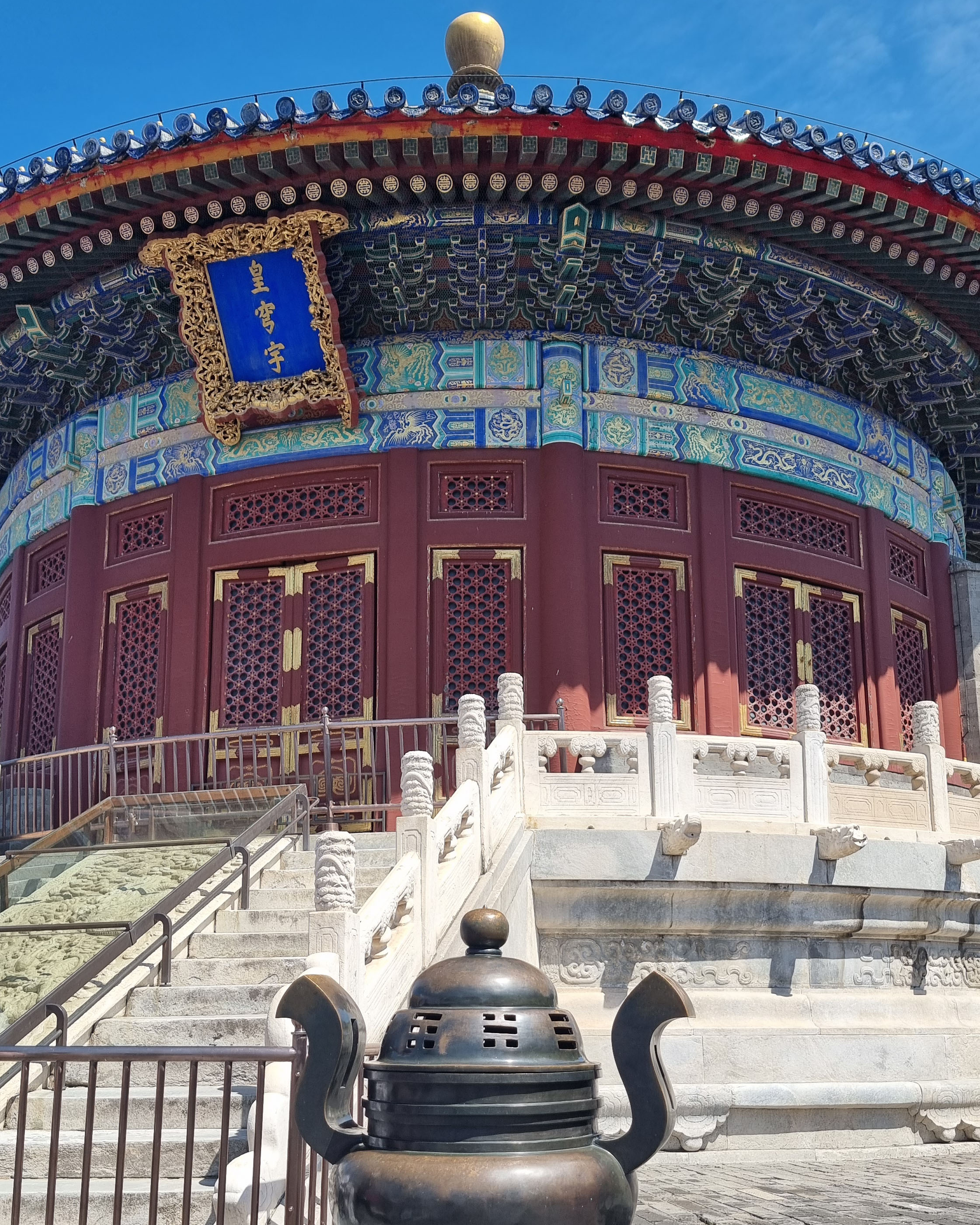
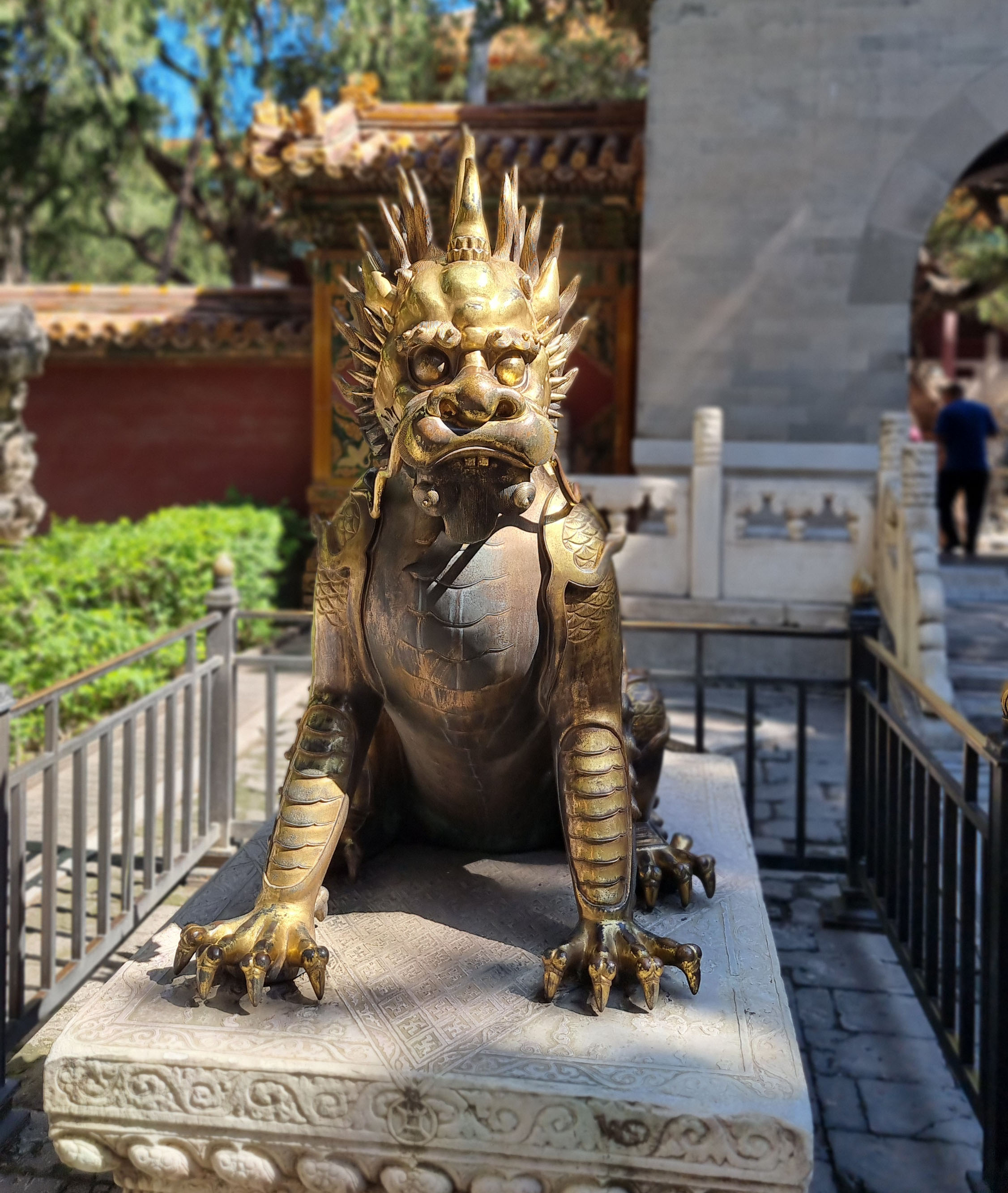
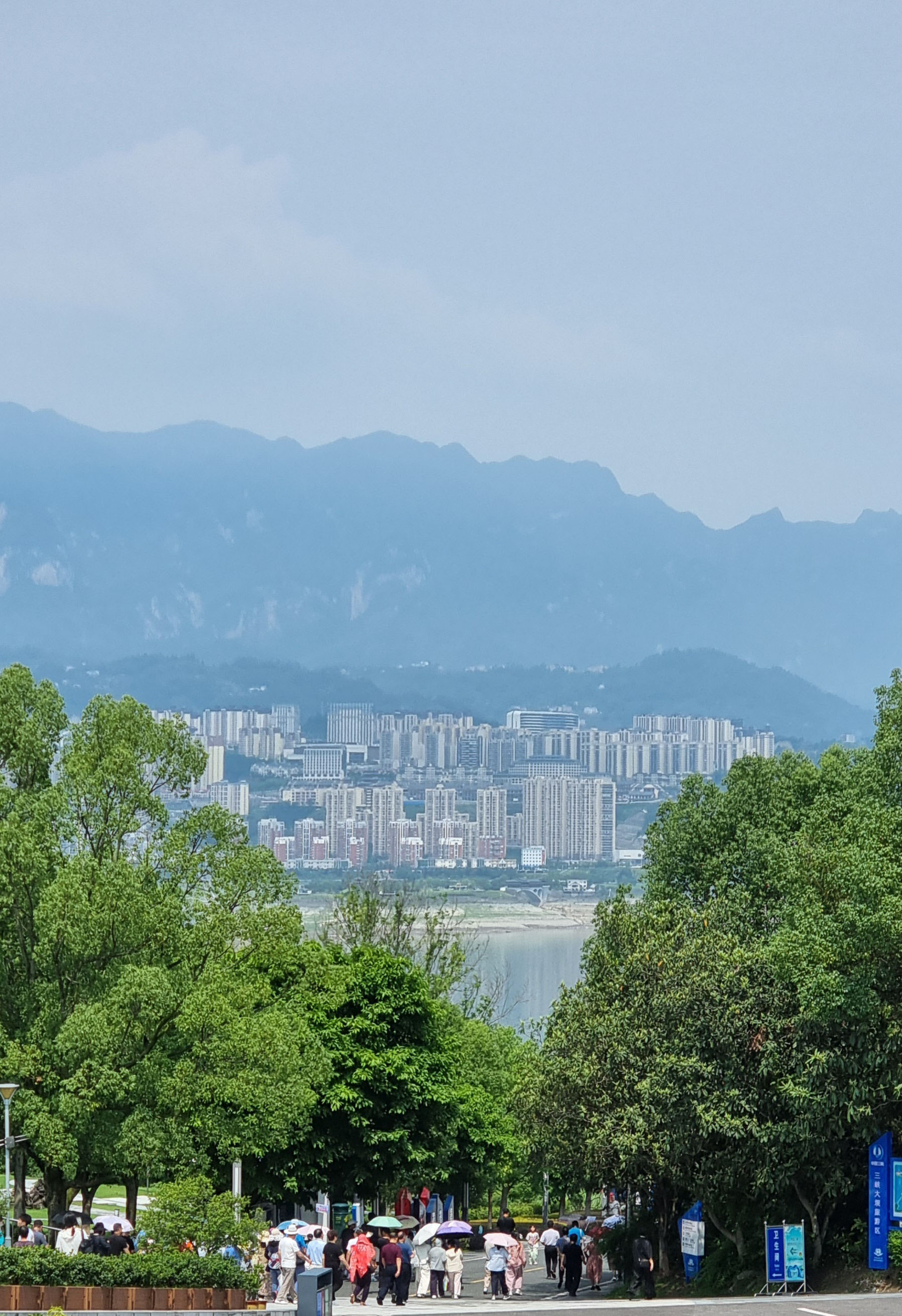
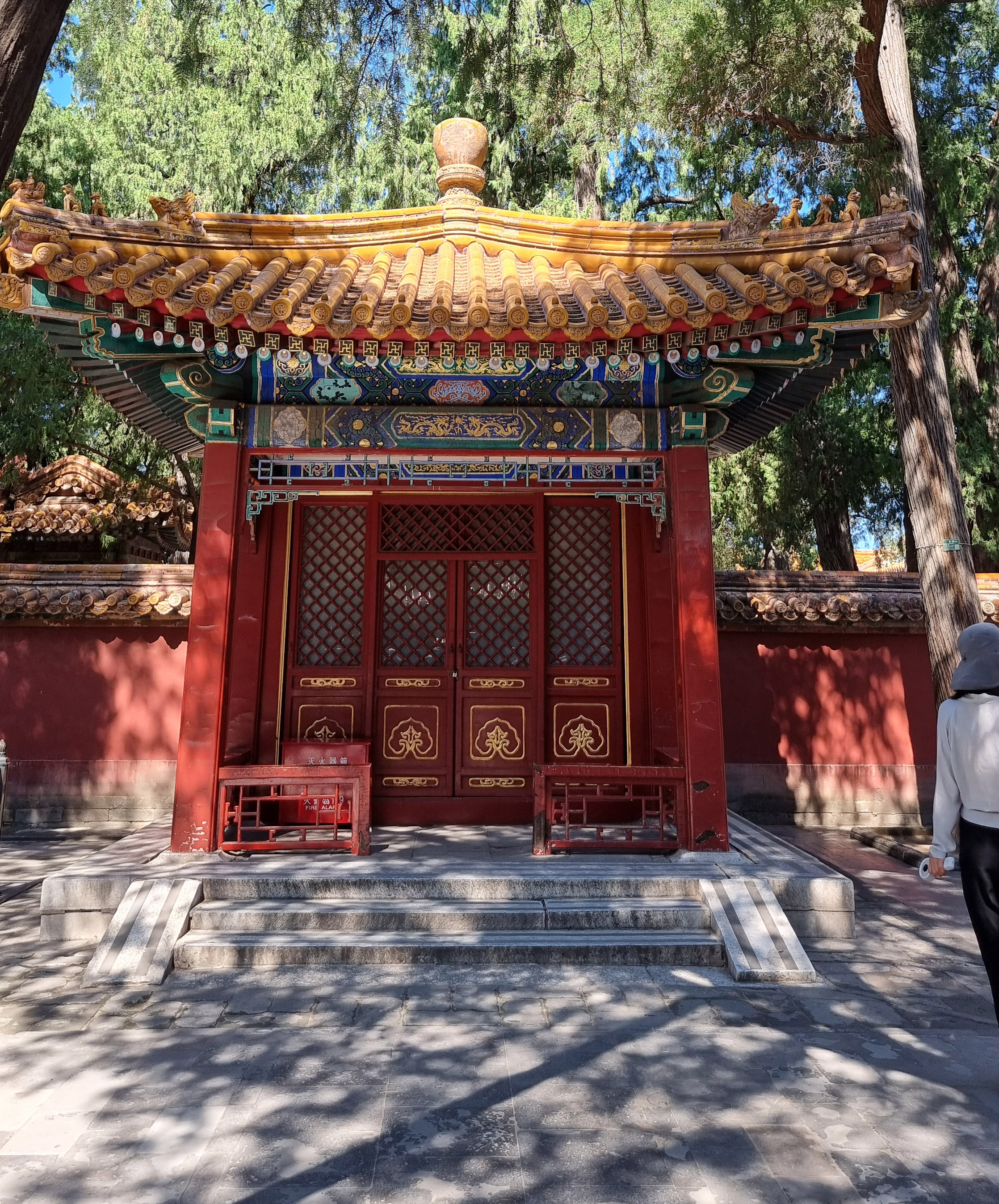
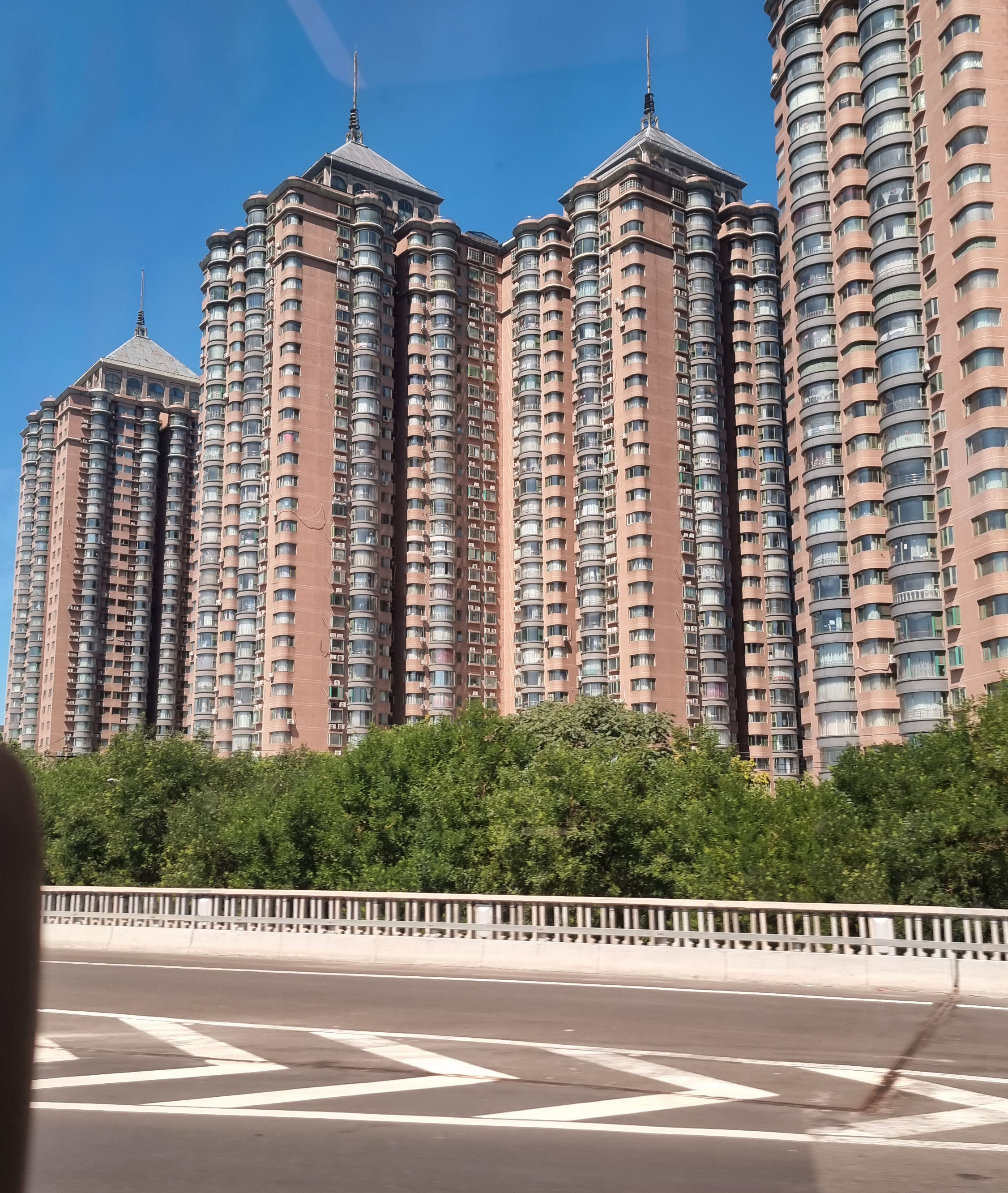
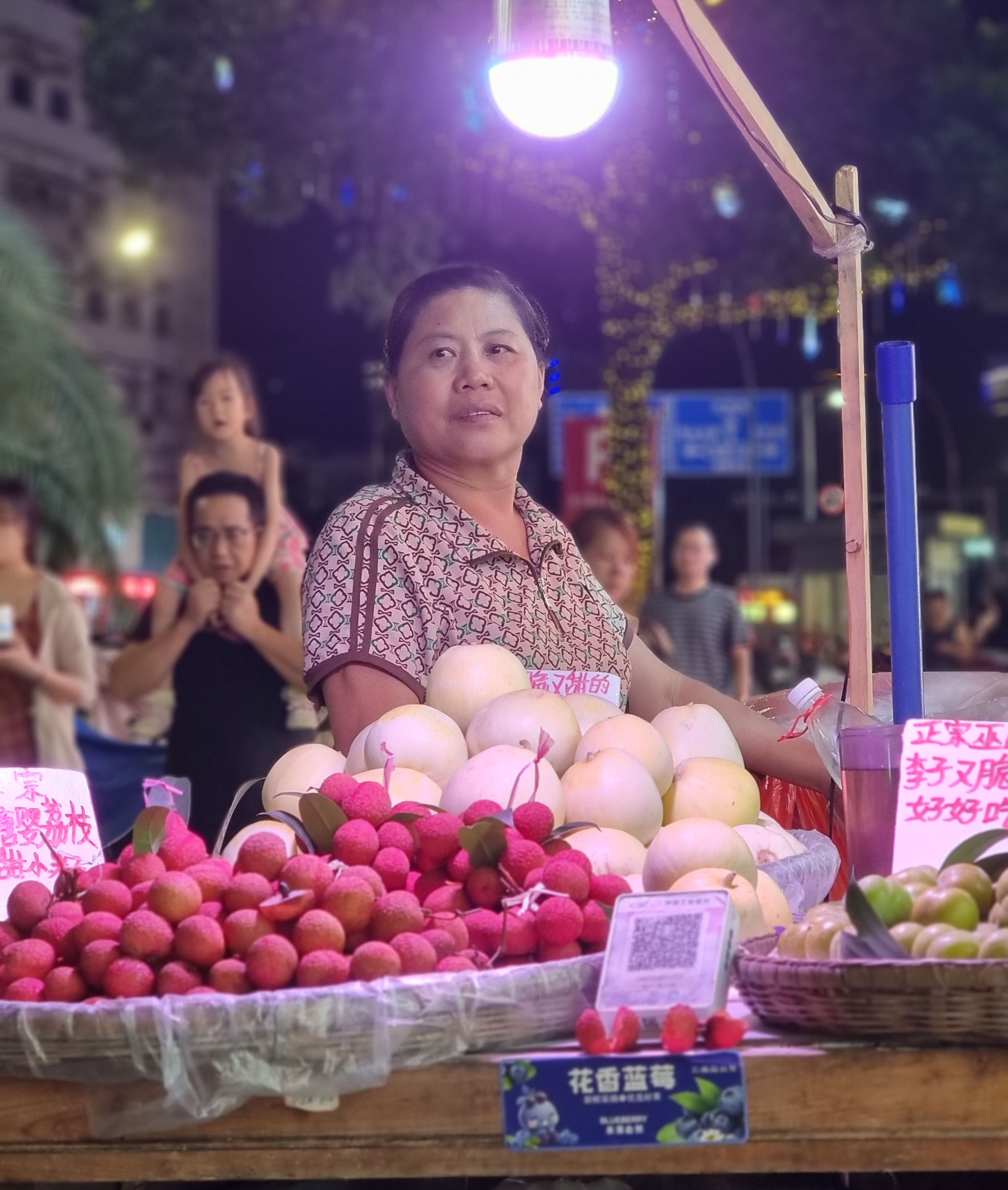
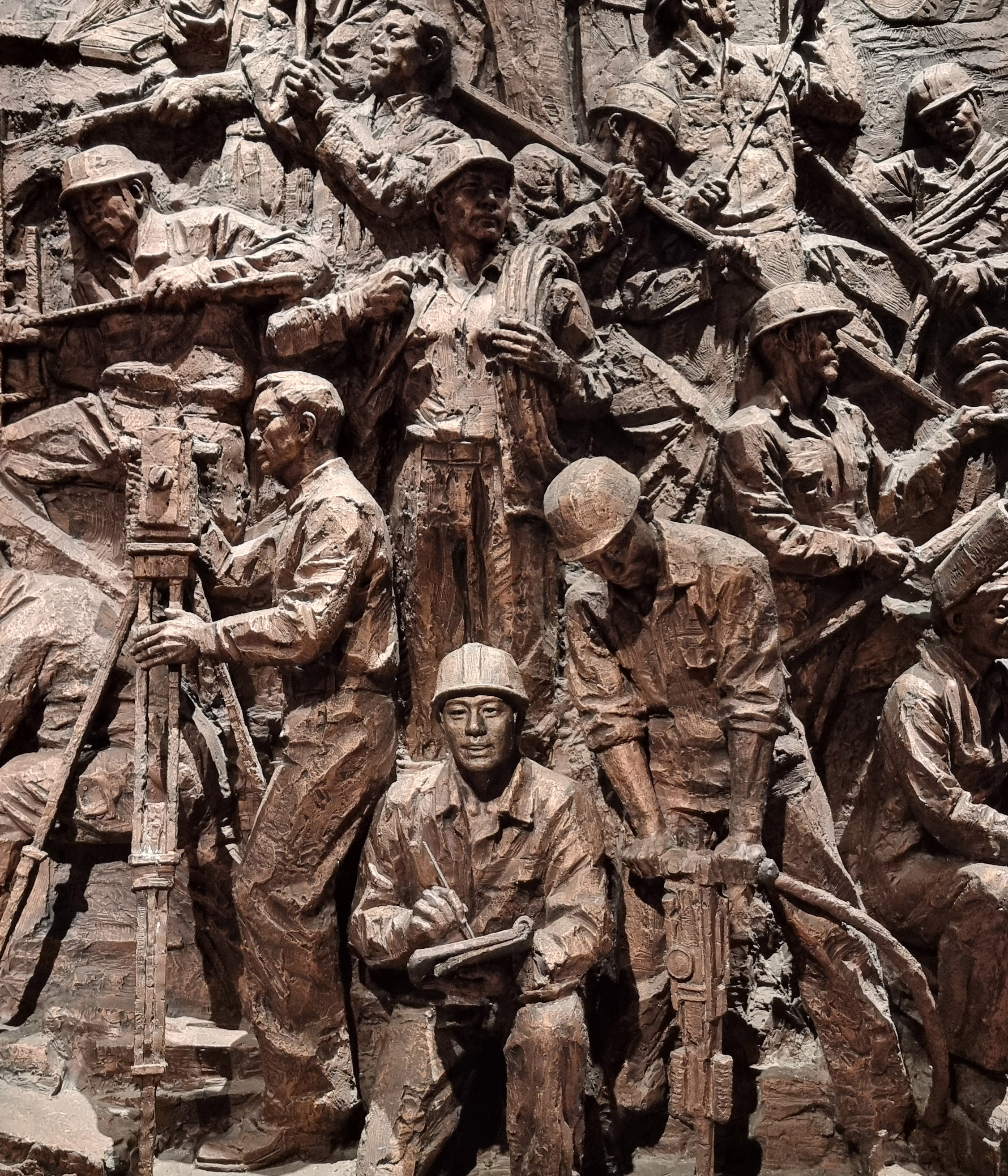
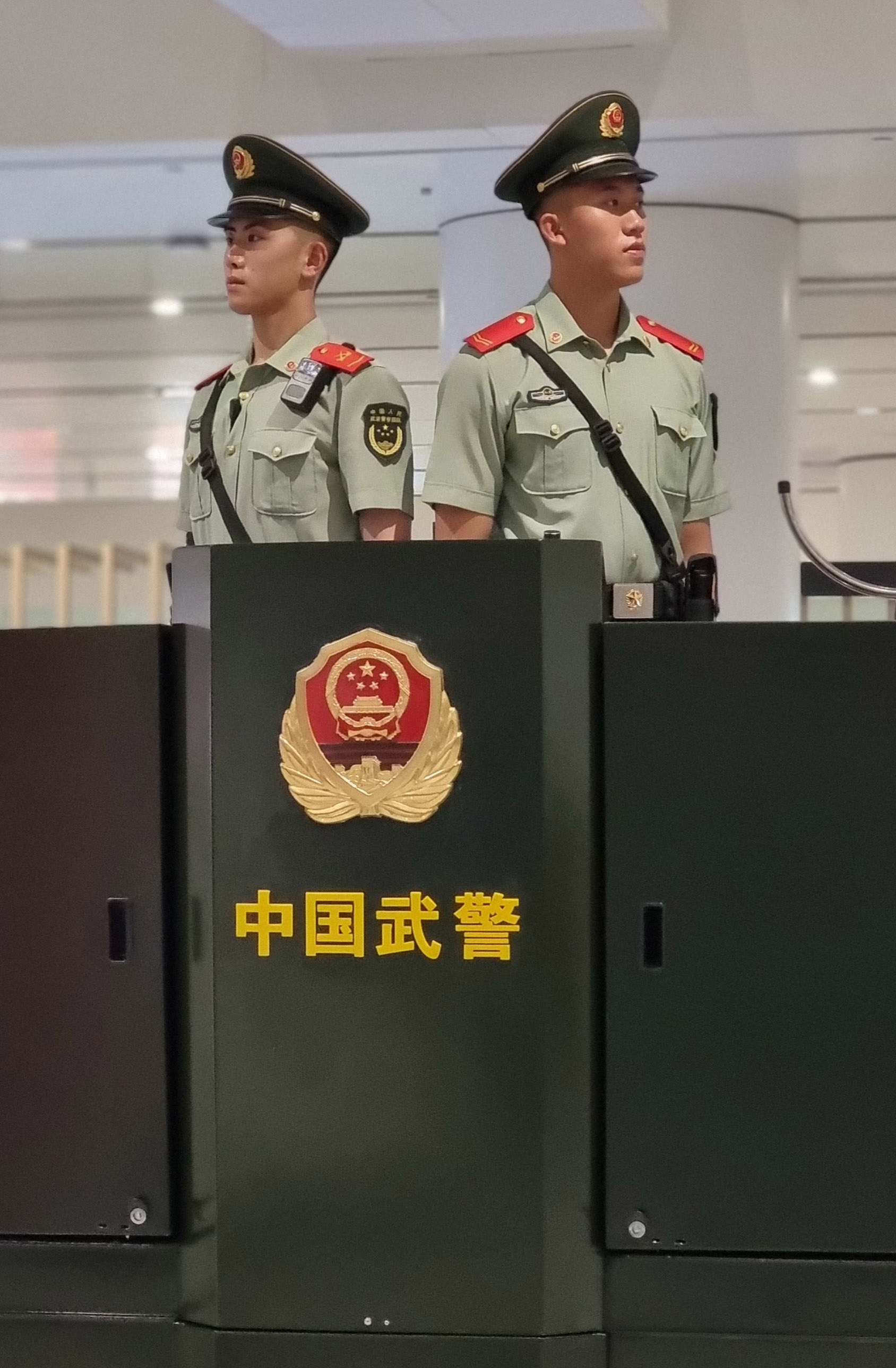
Commissioned in the 1400s, it was the seat of power in China for over 500 years. The largest preserved royal palace complex still standing in the world, there are a series of courtyards and palaces to explore in what has been branded the most valuable piece of real estate in the world.
A two-hour flight away from Beijing (or six hours on the bullet train) is the lush green Yichang in the Hubei province, a smaller city of only four million credited as one of China’s ten most beautiful. And as ridiculous as it sounds, there was a smaller town feel. The green is of course due to the rain, and hotel rooms and tour buses are prepared with umbrellas on hand everywhere.
Yichang is also home to the Three Gorges dam, the world’s largest power station which even caused the Earth to rotate in a (very) slightly different manner once full. A supreme feat of engineering, it still only produces about five per cent of the power needed for the whole country.
Construction of the dam took over 100 years from its first suggestion to water flowing through it. It also left 256 villages under water and led to one million people (the entire population of Cyprus!) being evacuated and rehomed, which a tourist centre in Xujiachong – located at the very edge of the dam – assures they were happy to do for the good of the country.
New industries also had to be developed following the loss of land, including growing oranges, for which those in the Mediterranean might be surprised to learn, this part of China is a world leader. China has grown citrus fruits, largely oranges, for 4,000 years and the first found in Europe – France’s citron – is thought to have arrived there via the Silk Road.
Yichang is located on the Yiangze river, the biggest in Asia and the third largest in the world. In 2018, President Xi Ping realised how polluted the river was, and after he told the Chinese they were destroying their own resources, what can only be described as an incredible turnaround was witnessed. In downtown, riverfront Yichang the greenery now abuts a 25km linear park along the river.
Heavy industry along the riverbank was moved elsewhere, although tokens of it were left behind as features in the park, while tea houses and event venues were added. The lushness now provides a place of calm and cool in a city where temperatures are similar to those in Cyprus.
Eating new and different foods is part of the appeal of any trip overseas and China excels here too. From the weird and wonderful – winter melons, lotus root, stinky tofu – to what we thought we had already come across in Chinese restaurants in Cyprus, all the food we ate – from the hot pot, where diners dip meat, veg and noodles into vats of hot oil in the middle of the table and enjoy with handcrafted dips, to Borscht soup made by a private chef and served via silver service – was amazing, fresh and very low carb!
In Chinese, there is a saying that the brightest moon is in your hometown. While this might be true, China itself hosts a wealth of options. In a break of a few days only it is impossible to gauge the spirit of a country or see even a fraction of what it has to offer. Ancient sites that point to a different world sit side by side with skycraping homes and more moped drivers than it is possible to fathom. Pandas, forests of stone pillars and the wealth of Shanghai and everything in between will have to wait till another trip.

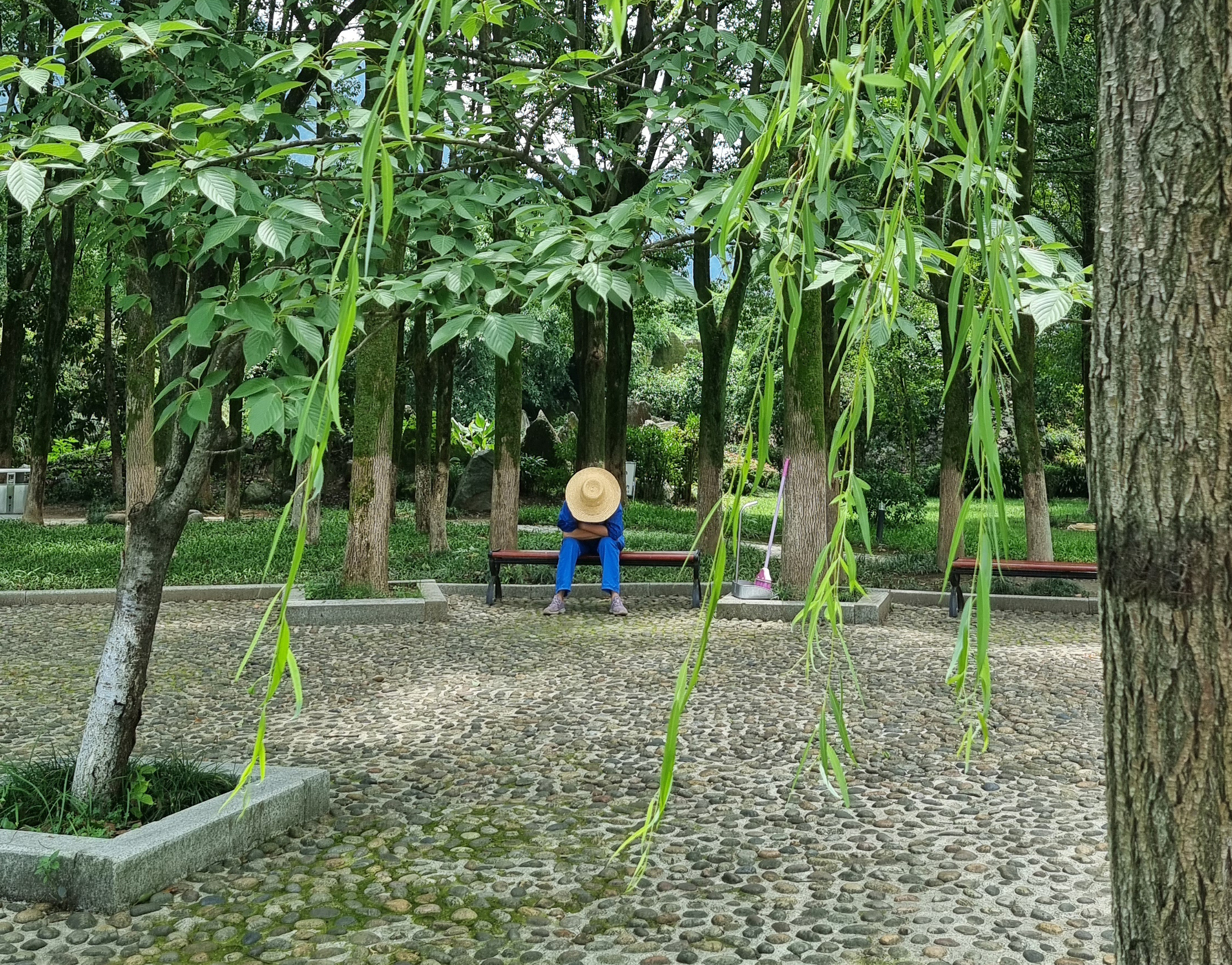

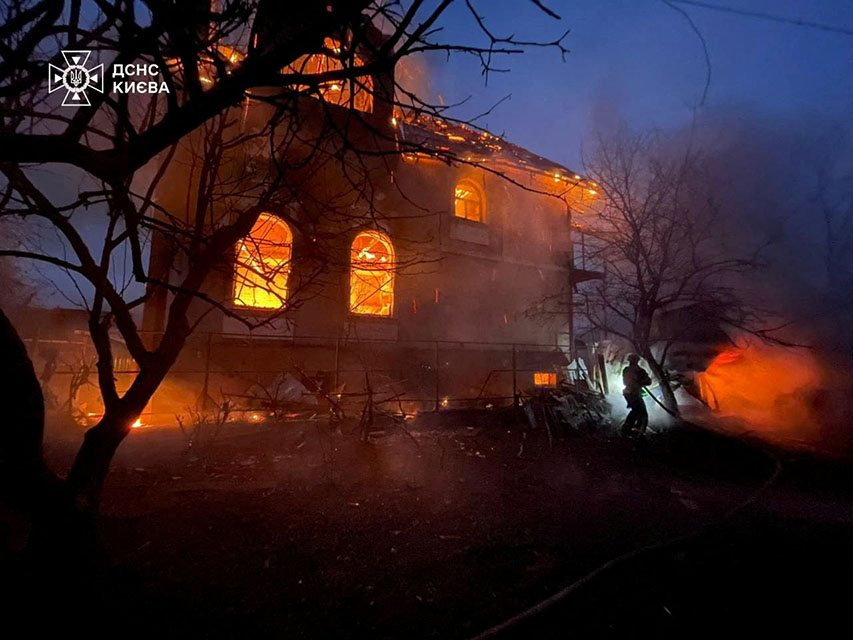


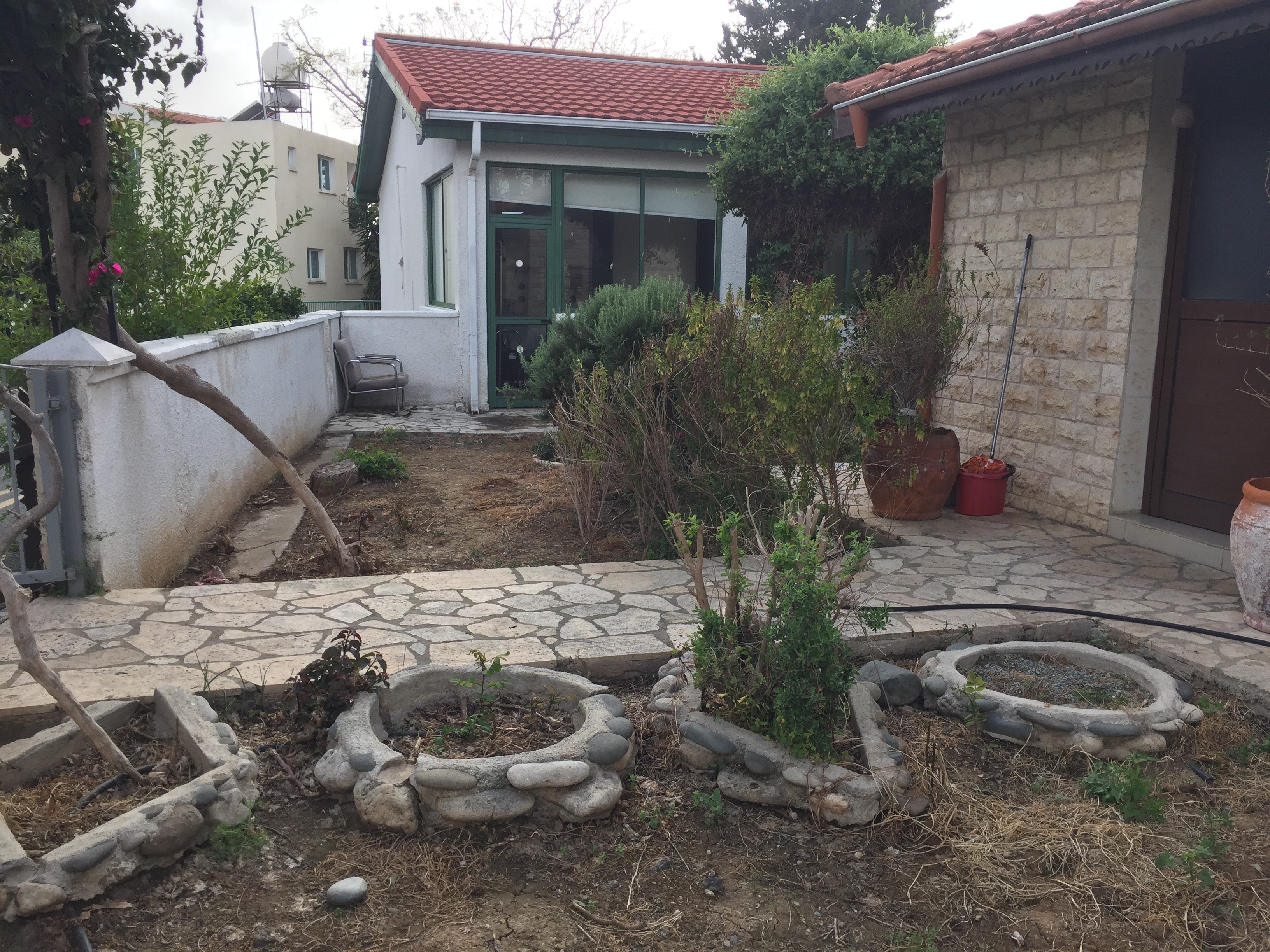
Click here to change your cookie preferences